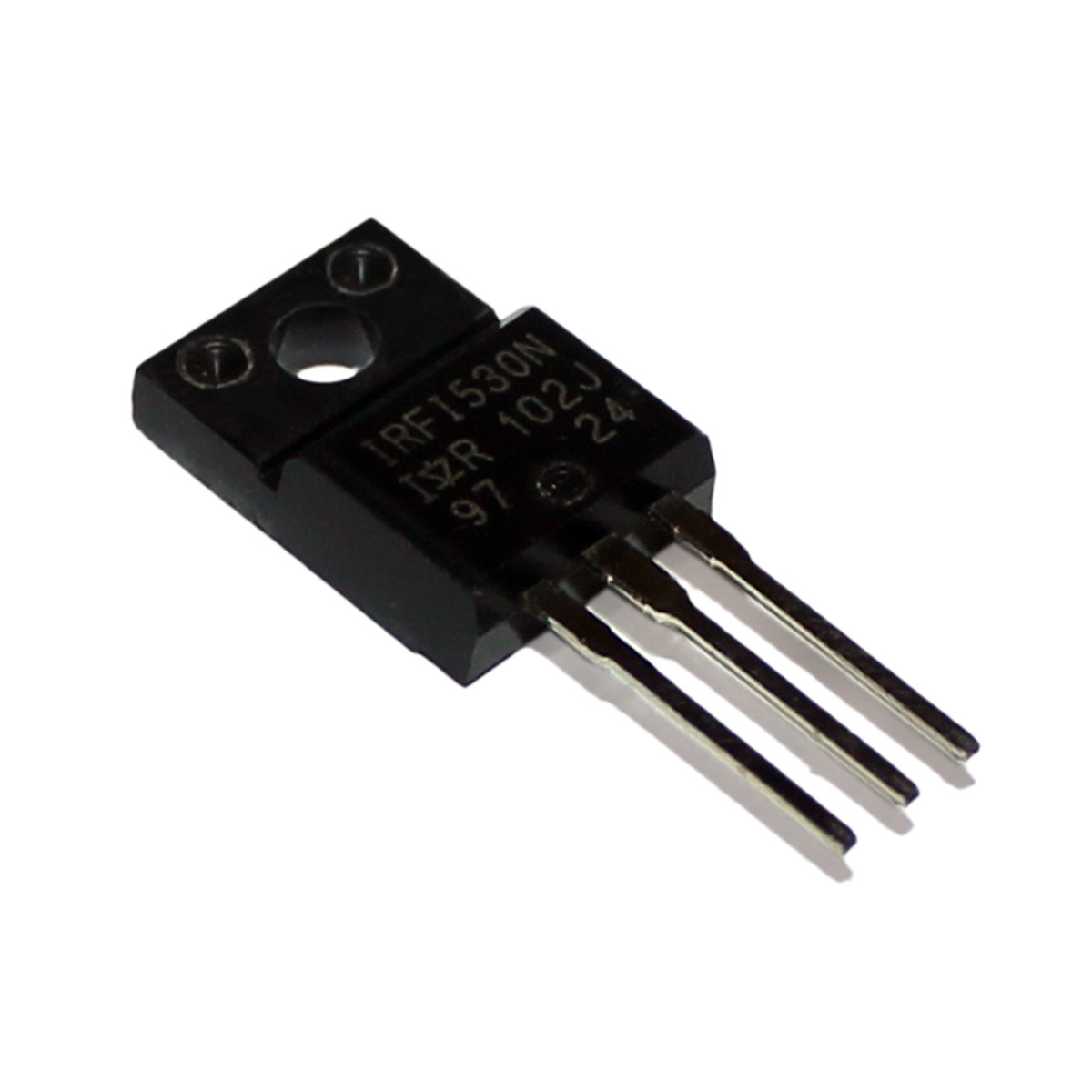
- #Persamaan transistor fet k1305 pro
- #Persamaan transistor fet k1305 tv
- #Persamaan transistor fet k1305 download
#Persamaan transistor fet k1305 download
MD 86827 BEDIENUNGSANLEITUNG GALAXY > DOWNLOAD LINK vk.cc/c7jKeU PAGEBOY 2 BEDIENUNGSANLEITUNG 7490 > READ ONLINE bit.do/fSmfG. FET conventional symbol types The FET controls the flow of (or ) from the source to drain by affecting the size and shape of a 'conductive channel' created and influenced by voltage (or lack of voltage) applied across the gate and source terminals.PHILIPS H/12 BEDIENUNGSANLEITUNG 7490 > DOWNLOAD LINK vk.cc/c7jKeU 86827 in der großen Auswahl Bedienungsanleitung Medion MD 86146 MD86146. The body terminal and the source terminal are sometimes connected together since the source is often connected to the highest or lowest voltage within the circuit, although there are several uses of FETs which do not have such a configuration, such as transmission gates and circuits. Usually the body terminal is connected to the highest or lowest voltage within the circuit, depending on the type of the FET. The body simply refers to the bulk of the semiconductor in which the gate, source and drain lie. This gate permits electrons to flow through or blocks their passage by creating or eliminating a channel between the source and drain.Įlectron-flow from the source terminal towards the drain terminal is influenced by an applied voltage. The gate terminal may be thought of as controlling the opening and closing of a physical gate. The names of the terminals refer to their functions. A gate length of 1 µm limits the upper frequency to about 5 GHz, 0.2 µm to about 30 GHz. Typically the width is much larger than the length of the gate. The width is the extension of the transistor, in the direction perpendicular to the cross section in the diagram (i.e., into/out of the screen). The size of the gate, length L in the diagram, is the distance between source and drain. This fourth terminal serves to the transistor into operation it is rare to make non-trivial use of the body terminal in circuit designs, but its presence is important when setting up the of an. Most FETs have a fourth terminal called the body, base, bulk.

Cross section of an n-type MOSFET All FETs have source, drain, and gate terminals that correspond roughly to the emitter, collector, and base of. By applying voltage to G, one can control I D.

The device consists of an active channel through which charge carriers, electrons or, flow from the source to the drain.


See also: FETs can be majority-charge-carrier devices, in which the current is carried predominantly by majority carriers, or minority-charge-carrier devices, in which the current is mainly due to a flow of minority carriers. The (MOSFET), which largely superseded the JFET and had a profound effect on digital electronic development, was invented by and Martin Atalla in 1959. The SIT is a type of JFET with a short channel length. 2 dan 3 dimensi, operasi vektor, dot dan cross.
#Persamaan transistor fet k1305 pro
Dewan Eja Pro is also a Dewan Bahasa dan Pustaka (DBP). Daftar Persamaan Transistor in description.
#Persamaan transistor fet k1305 tv
The first type of was the (SIT), invented by Japanese engineers and Y.ĭata persamaan ic vertikal tv dan monetor (vertikal. Main article: The field-effect transistor was first patented by in 1926 and by in 1934, but practical devices (the ) were developed later after the effect was observed and explained by the team of at in 1947, immediately after the 20-year patent period eventually expired. The between the drain and source terminals is controlled by an electric field in the device, which is generated by the voltage difference between the source and the gate of the device. Field effect transistors generally display very at low frequencies.


 0 kommentar(er)
0 kommentar(er)
